(photo credit: Stephanie Noel Garrison)
Written by Daniella Litvak
You know how Game of Thrones has been described as The Sopranos meets Middle Earth and Breaking Bad as Goodbye, Mr. Chips meets Scarface? If I had to play that game with Dancing at Lughnasa, I would say it is Pride and Prejudice meets Angela’s Ashes.

Story:
In his review of the 1998 film adaptation, Roger Ebert wrote, “…[I]t is all memory and no drama.” The same can be said for the stage version. Framing the play as childhood memories makes the slice-of-life presentation understandable, but tighter plotting and perhaps fewer characters would have created a more dramatically satisfying story. There’s a lot happening in these characters’ lives — especially in relation to the sisters’ failed romantic lives. Mostly it’s there for the sake of exposition, but I wished things like the love triangle among Chris, Gerry, and Agnes were fully realized subplots as opposed to being brought up but ultimately not amounting to much.
The characters are interesting, but some are more developed than others. Kate is the best-written character. She’s the stern head of the household figure. She is charged with being a “self-righteous bitch,” but because we see her softer side in interactions with Michael and Maggie, she comes across as a sympathetic, complicated woman. She’s strict, but we understand she doesn’t like being the “stop having fun” person, and her love and fears for her family are genuine. Chris, on the other hand, gets the shortest shrift. The story treats her more like a McGuffin rather than as a character. There are also nuances to the characters I didn’t realize until after seeing the play, and I wonder if the downplaying of some elements were conscious decisions or were straight from the text.
Set:
The “Directors Note” describes Dancing at Lughnasa as a “…play filled with poetic realism.” I wish more of a poetic aesthetic had been incorporated into the set design and costuming. The stage is divided into the countryside and the kitchen of the family’s cottage. Everything looks suitably authentic to the time period, and you get a sense of who would inhabit this world before any character makes an appearance. However, a less realistic design would have tied into the theme of memory better and added more excitement to the show.
Still Dancing at Lughnasa can tug at the heartstrings. When Michael delivers his final monologue, everything comes to together to create an incredibly stirring theater moment.
Average Show!
Review
7.2
Overall
0
Users
(0 votes)
Story7Acting7.5Set & Design7Costumes7Entertainment7.5
What people say...
0
Leave your rating
Be the first to leave a rating.
Be the first to leave a rating.
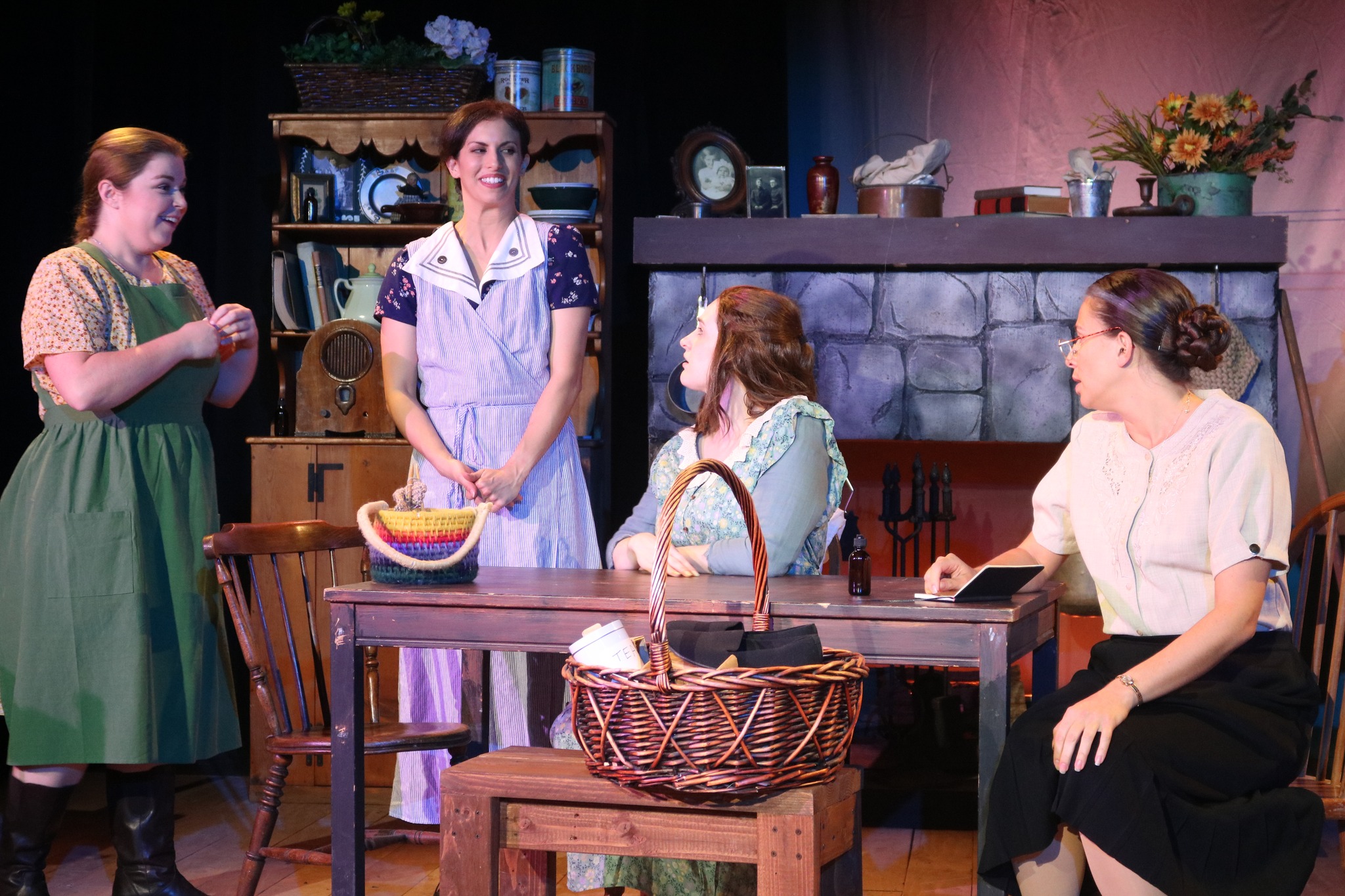










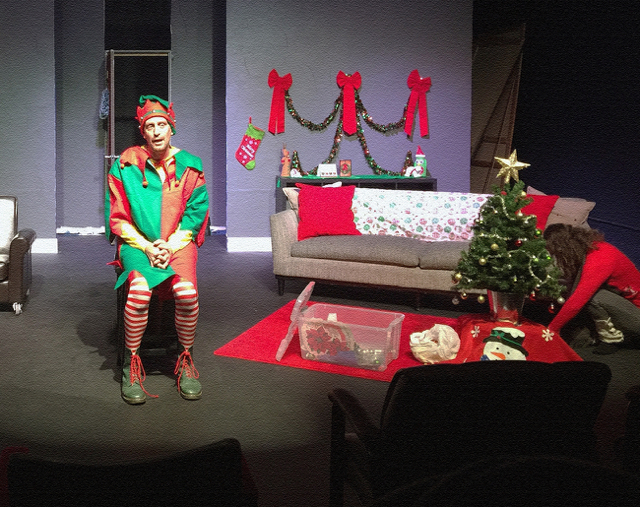
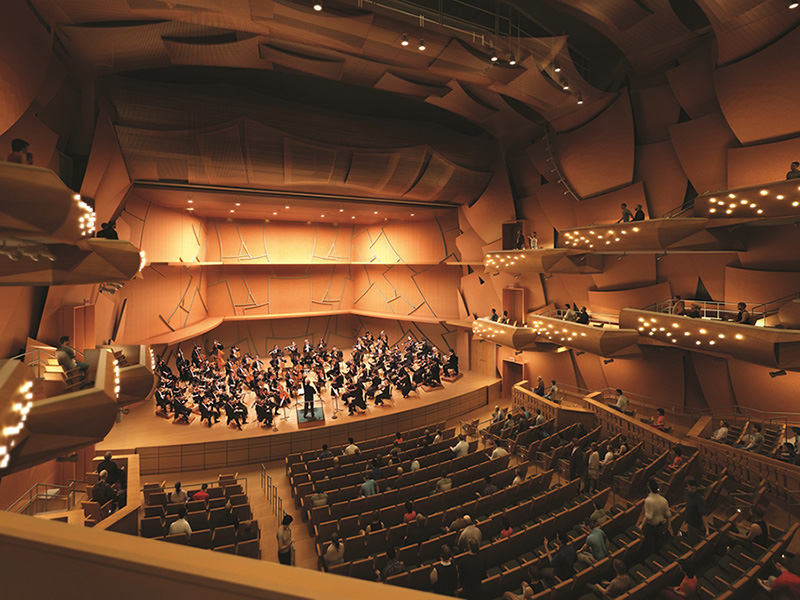


















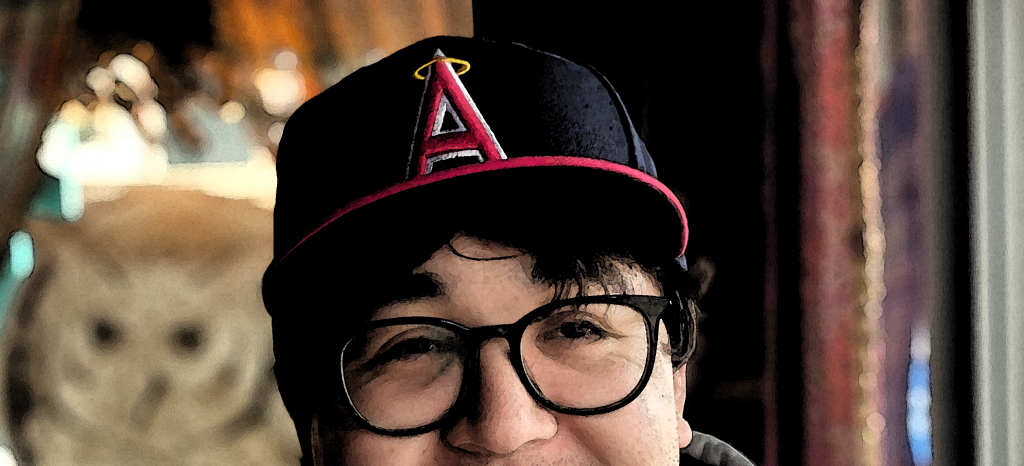








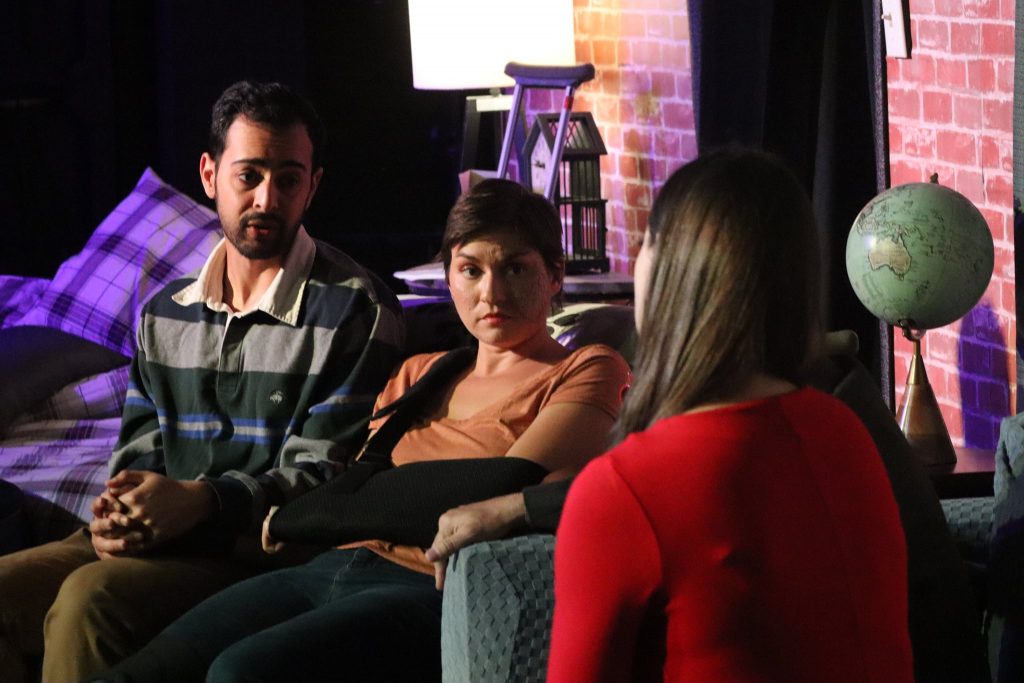






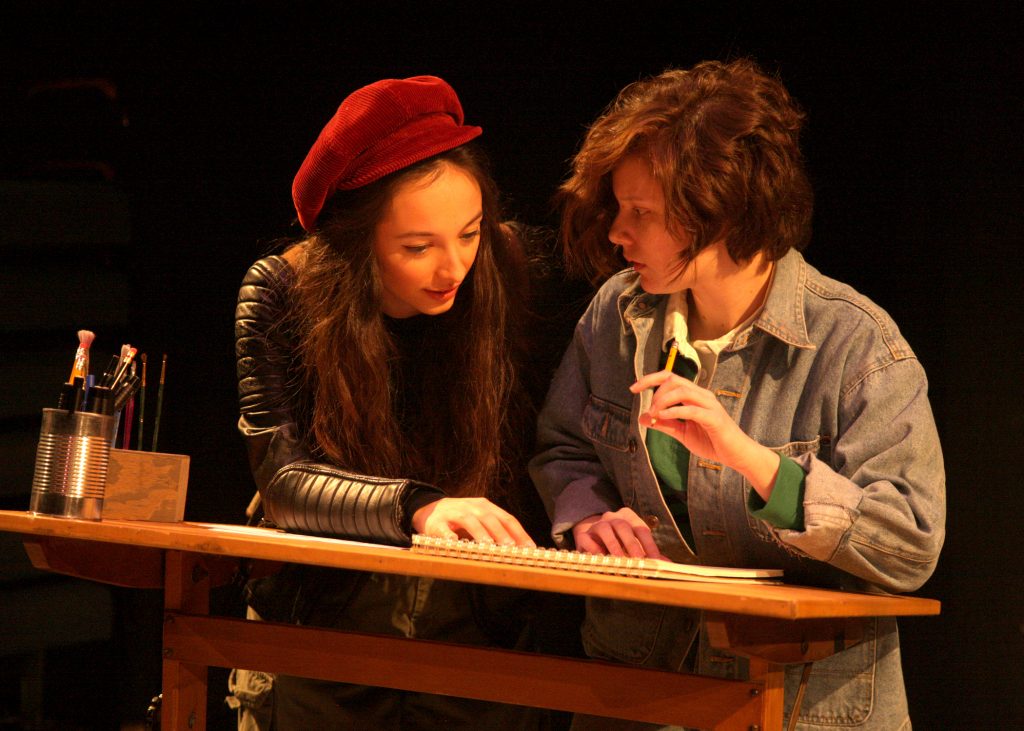






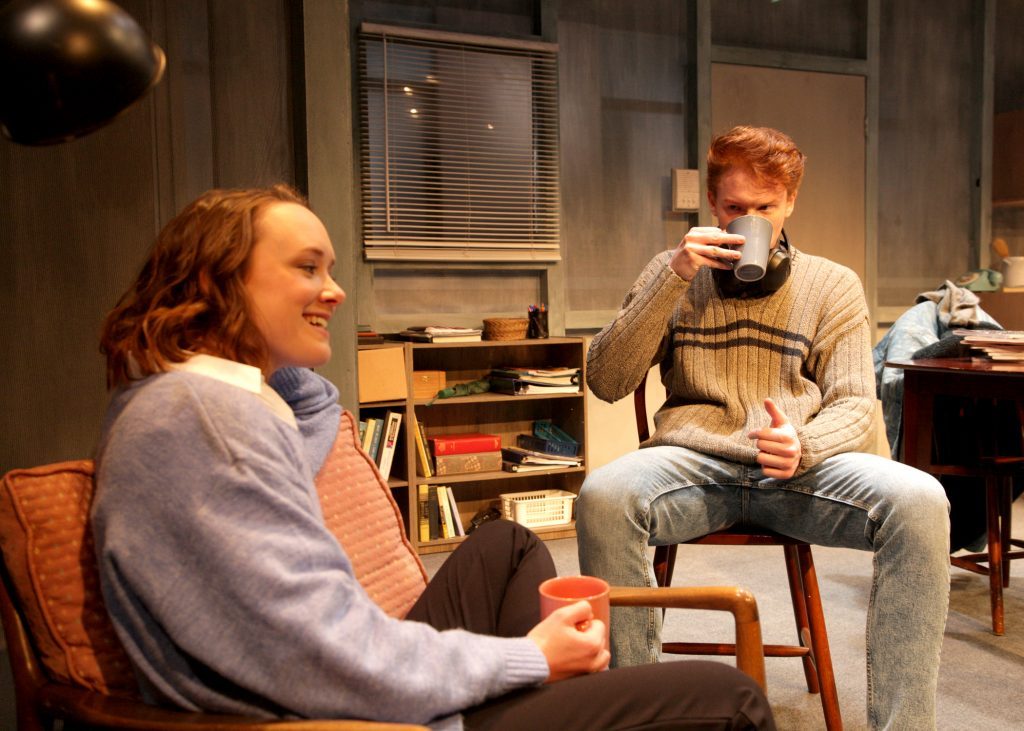

The Christians, as performed by The Wayward Artist, was compelling theater. A riveting performance by Kelly Franett was supported by…